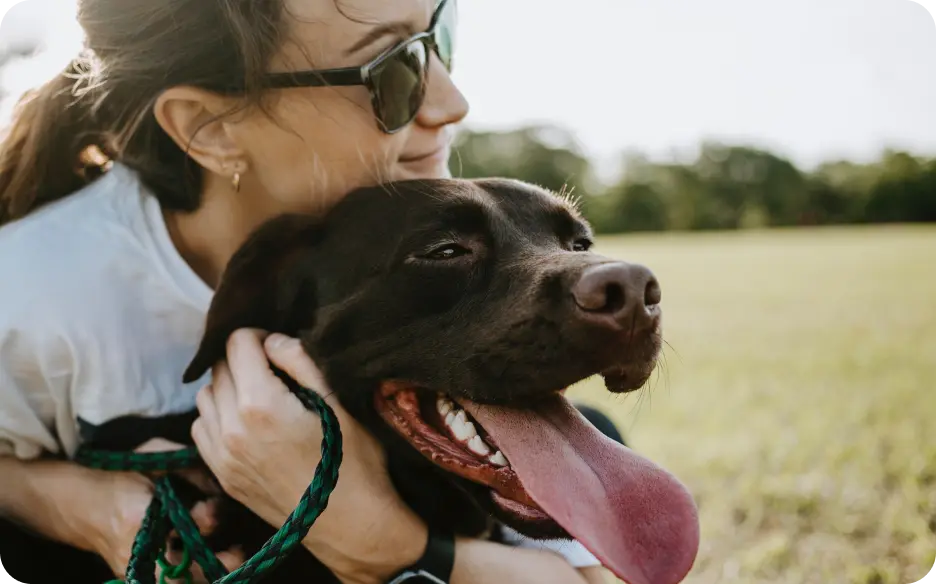 Chewing treats should be a part of every dog’s life: They relieve teething pain, play a role in maintaining the teeth clean, and keep your dog busy and calm. What should you consider when choosing a chew for your furry friend? What are the best chews for your dog?
Chewing treats should be a part of every dog’s life: They relieve teething pain, play a role in maintaining the teeth clean, and keep your dog busy and calm. What should you consider when choosing a chew for your furry friend? What are the best chews for your dog?
You can also read this article in Dogo App.
1. Hard to dent
Choose a chew that fits your dog’s teeth. Bones, antlers, and hooves provide long-lasting entertainment but are less suitable for puppies and senior dogs. If your adult dog is a passionate chewer, ensure they actually chew and that the chewing doesn’t damage their teeth. When you choose a chew for a puppy or senior, do a dent test: Push hard with your thumb – if it leaves a dent, it’s safe to chew.
However, if your dog has a history of dental problems, you should be more careful when selecting chews. Consult with your veterinarian about the right type of chew for your dog. Also, keep in mind that not all chews are created equal. Some chews might be too hard for your dog, which can lead to tooth fractures or even breakage. Similarly, some chews might be too soft, which can increase the risk of choking or blockage. Therefore, it’s important to choose a chew that is appropriate for your dog’s size, age, and chewing habits.
2. In chews veritas
Cartilage or tendons chews are better for digestion than rawhides. After a long chew, the rawhide becomes soggy, and your dog might swallow large and hard-to-digest pieces.
3. Size matters and bigger is better
Pick a chew that your dog can chew rather than swallow as a whole. Smaller chews might choke your dog or block their digestive systems.
However, it’s not just the size of the chew that matters; it’s also the texture. Some chews, such as rawhide or bones, can splinter into sharp pieces, which can cause injuries or blockages in the digestive system. Similarly, some chews might be too sticky or gummy, which can cause the chew to stick to your dog’s teeth or gums. Therefore, it’s important to choose chews that are safe and easy to digest. If you’re unsure about which chews are best for your dog, try experimenting with different types and sizes until you find the ones that your dog enjoys and can safely chew on. Additionally, always supervise your dog while they’re chewing to make sure they don’t accidentally swallow a large piece or choke on the chew.
It’s important to note that not all dogs have the same chewing habits or preferences. Some dogs may prefer softer chews that are easier to consume, while others may prefer harder and more durable chews that provide a more extended chewing experience. It’s essential to observe your dog’s behavior while they’re chewing and see how much they enjoy the chew. If your dog seems to be struggling, choking, or not enjoying the chew, it’s best to remove it immediately. Additionally, you can alternate between different types of chews to keep your dog entertained and prevent them from getting bored with the same chew.
Nutritional benefits of natural chews
- Bully or pizzle sticks: They are protein-rich, low-fat, and hard enough to last.
- Tendons or esophagus: These are easy to digest and reduce plaque.
- Tripe twists: Made from a cow’s stomach, the twisted form massages your dog’s gums and eases pain related to teething. When chewed on, they become soft and break off into small pieces.
- Stuffed beef strips: The sticks have a tough exterior with a soft meat filling. They don’t last forever, but they are easy on the stomach. The strips are rich in calories.
[/fusion_text]



